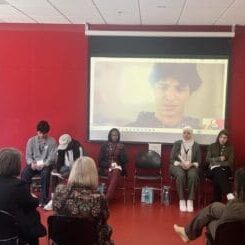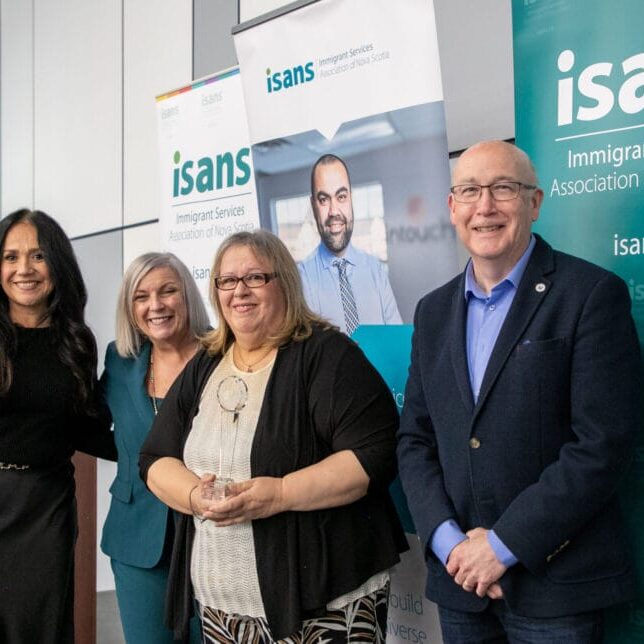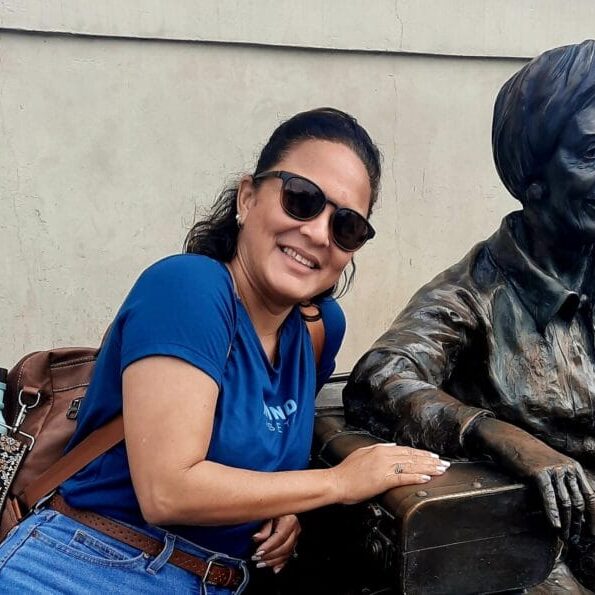Four myths about Canada’s border crossings
From the Ottawa Citizen, May 14, 2018
Michelle Rempel, Conservative immigration critic, tweeted recently that the media was finally writing about “illegal border crossings” after she had been raising it for a year. The problem is that several recurring myths are shaping much of the coverage. Here are four of them:
The first myth is that Canada could designate the entire border as a port of entry. This is not a viable option. The public safety minister cannot legally designate the entire border as a “port of entry.” Under our law, a “port of entry” is a place designated open by the minister based on a number of factors, including the anticipated frequency of persons arriving at a particular location. Border officials must examine and process people seeking to enter Canada at ports of entry.
Imagine that all 8,891 kilometres of our border with the United States were a port of entry. Even if we only had one officer every 100 meters, we would still need more than 270,000 new officers to cover the border 24/7. This is not a serious policy proposal and should not be treated as one.
The second myth is that refugee claimants who are crossing into Canada at non-official border crossings are entering illegally. Canada is a signatory to the UN Convention on Refugees. Under international law, a refugee claimant cannot be punished for the way they enter into a country to seek asylum. Our immigration law does not make it illegal to enter Canada using informal border crossings, as long as a person reports to border services without delay. There is no legal basis to insist, as some have, that those who cross at non-official border points should be summarily deported, or that their refugee claims should be expedited since they will be refused. Underlying these suggestions is the assumption that people who are entering are not “real refugees.” The problem is that you cannot tell whether someone is a “real refugee” simply by the way they enter your country. In fact, in 2017, 53 per cent of those who crossed irregularly from the United States were found to be refugees.
The third myth is that people who are crossing from the United States are taking the spots reserved for refugees Canada would bring from overseas, somehow displacing them from a “queue.” This is comparing apples and oranges. Canada has a quota for the number of refugees it brings from overseas, either through the private sponsorship program or the government assisted refugee program. The quota is not determined by the number of refugee claims that are made in Canada. A rise in the number of refugee claimants arriving at Canada’s border does not push out refugees that Canada would accept from overseas camps.
Fourth, the rush to extreme, unviable policy solutions is predicated on the most egregious myth: the federal government has lost control of the border. This is far from true. The vast majority of those crossing the border, 91 per cent, are coming through one place, Roxham Road in Quebec, and immediately declaring themselves to Canadian authorities. There is no pressure to go “under-ground”; instead, there is a fair process to ensure proper adjudication of refugee claims. Security checks are expedited for these claimants, ensuring those who enter in this fashion do not pose a security threat. The government has also increased the capacity of border officials and refugee adjudicators.
While some try to raise alarm about a “crisis” at the border, the number of refugee claimants in Canada has to be put into a broader perspective. It is true that the number of refugee claimants has risen over the last year, but we also saw similar numbers in 2001. And globally, the same number of refugee claimants who came to Canada over all of last year entered Bangladesh in a single day. This is not the time to ignore our global duties and hastily throw up new barriers. Rather, by treating those who have crossed from the United States fairly and with compassion, according to law, Canada will merely be complying with its obligations as a party to the UN Refugee Convention.
Lobat Sadrehashemi is a refugee lawyer in Vancouver and president of the Canadian Association of Refugee Lawyers. Lorne Waldman is a refugee lawyer in Toronto and member of the Order of Canada.
Share this




